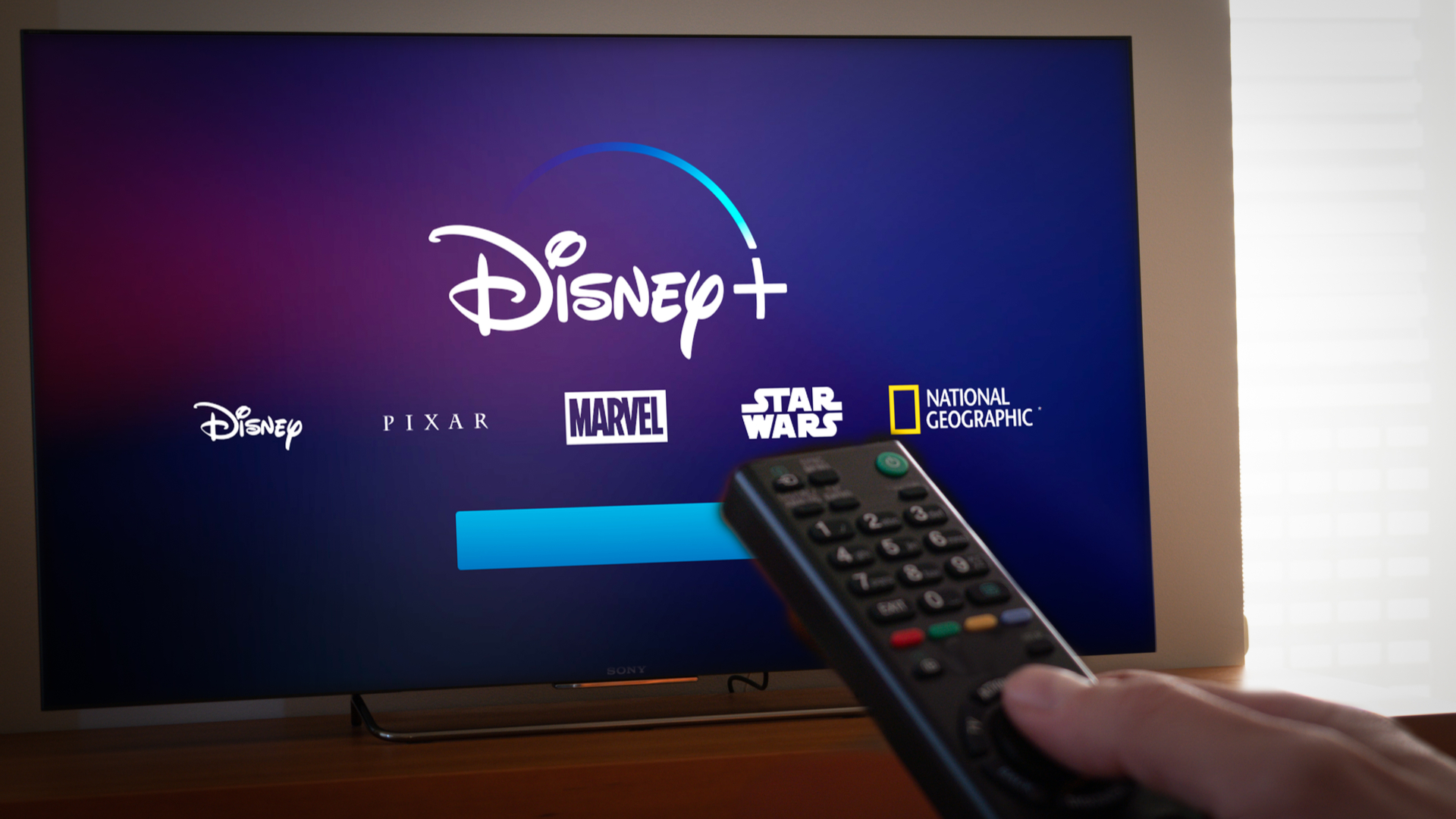Disney has announced plans to hike the price of a Disney Plus subscription in the US later this year.
The move will coincide with the launch of the streamer’s new ad-supported subscription tier on December 8, which is set to cost $7.99 per month (i.e. the same as an existing Disney Plus subscription). The price of the ad-free version of the service will rise to $10.99 per month – a $3 increase on the current price point – or $109.99 per year, company bosses revealed during a recent earnings call.
Customers in the UK and Australia appear safe from the increase for now. However, we suspect that the planned rollout of Disney's ad-supported tier internationally in 2023 will result in equivalent price rises across the board. We've reached out to Disney for further details and will update this article if we hear back.
It’s worth noting that US subscribers who have paid in advance for an annual Disney Plus subscription won’t be affected by the price increase until their next payment date. That is, as long as it falls after December 8.
Hulu and ESPN Plus are getting more expensive for US customers, too. On October 10, the former’s standard tier will rise from $12.99 per month to $14.99, while its ad-supported version will jump from $6.99 per month to $7.99. ESPN Plus will increase from $6.99 to $9.99 on August 23, while the Disney Bundle (which comprises ad-free Disney Plus, ad-free Hulu and ad-supported ESPN Plus subscriptions) will also rise to $19.99 per month (up from $13.99).

Despite adding more than 14 million subscribers to Disney Plus in Q3 2022 – bringing the streamer’s global total to an imposing 152 million – rising production and programming costs have, according to company executives, resulted in higher operating losses than in previous quarters.
“We remain confident that Disney Plus will achieve profitability in fiscal 2024,” Disney CFO Christine McCarthy said during the recent earnings call – and the aforementioned price increases will go some way to helping the media giant reach that goal.
Disney Plus with ads: what’s the deal?
So, Disney’s long-touted ad-supported tier is finally launching in the US on December 8 for $7.99 per month (it won’t be available as an annual plan) – but what’s it all about?
According to Disney, the new tier will provide consumers with greater financial choice, and have a “lower ad load and frequency to ensure a great experience for viewers.”
That assertion was substantiated earlier this year, when reports emerged suggesting that Disney’s ad-supported tier will cap commercials at four minutes per hour of content, and restrict ads full stop when young children are watching via the platform’s kid-friendly user profiles. Disney confirmed the latter in its recent earnings call.

For comparison, Disney’s other streaming service, Hulu, runs up to 12 minutes of ads per hour of content, while NBC’s Peacock runs five. Cable TV typically bombards viewers with around 20 minutes of ads per hour of content.
A four-minute-per-hour cap would bring Disney’s ad-supported tier in line with that of HBO Max, which launched its own cheaper subscription package in June 2021.
Despite years of very public resistance to introducing advertising into its business model, Netflix recently conceded that it, too, intends to launch an ad-supported subscription tier in “the early part of 2023". However, some movies and TV shows won't make the cut, at least to begin with.
It’s not yet clear what content parameters Disney plans to impose on its ad-supported tier. But, confirmation of some pretty hefty price increases across its streaming portfolio is sure to ruffle the feathers of increasingly frugal subscribers, particularly in the current climate where the cost of living is biting hard in some world regions. Netflix has already seen a downturn in its subscriber base as a result of rising food and fuel prices, so one has to wonder whether Disney is prepared for a potentially similar fate befalling it.
For more Disney Plus-based content, read up on what to expect from Disney Plus Day, which takes place on September 8. Alternatively, find out how the latest Predator movie just set a new world record on Disney Plus and Hulu.
No comments:
Post a Comment